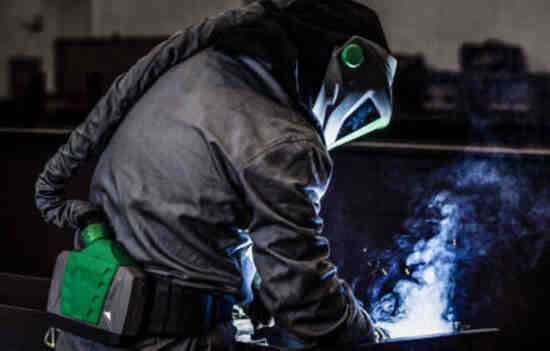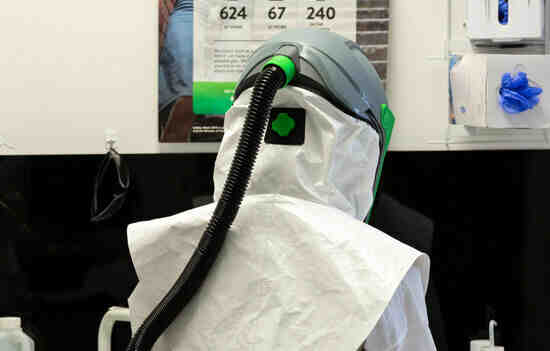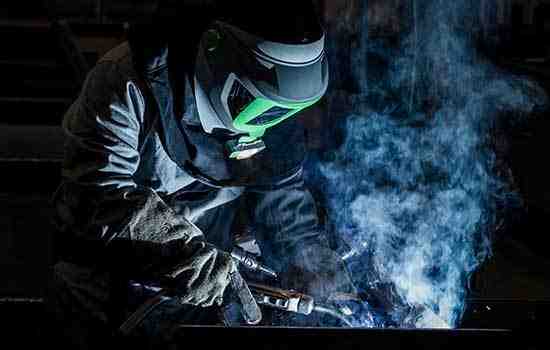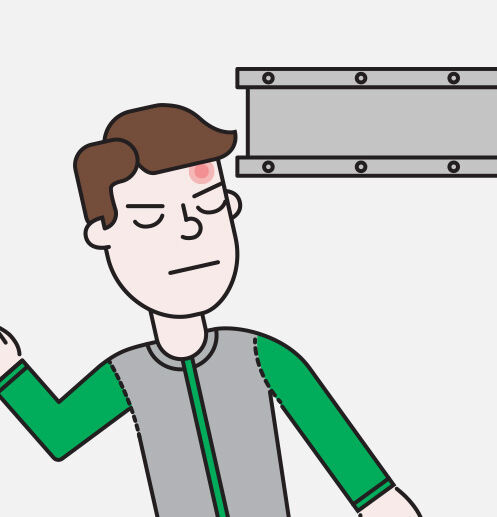
We place our trust in regulatory bodies to create safety work standards. Over time, for the most part, these standards have evolved to become more stringent, often as a result of lessons learnt from workplace accidents.
Back to Articles & Resources View all Workplace Hazards content
Meeting compliance requirements doesn’t eliminate the risk of something bad happening, as external factors can come into play. So, this begs the question, is workplace compliance enough? There’s no doubt that safety measures in the workplace have improved a lot since the Industrial Revolution. Back then, the wellbeing of workers was not a priority, people were seen as expendable and the knowledge around science and health was in its infancy. Unfortunately, even in 2023, there are some countries still struggling in this area. In Qatar, since being awarded the rights to host the FIFA World Cup 2022, over 6500 migrant workers have reportedly lost their lives. In comparison, in preparation for the 2012 Olympics in London, no lives were lost in the construction of the Olympic Stadium. Clearly, the more stringent the regulations the better it is for a workers’ health. It’s also true that democratic societies willing to listen to the workforce are much safer, plus employers face greater financial liability through worker compensation.
But accidents and deaths still happen, even when regulations are being met. A 20-year-old Sam’s Club employee in Pennsylvania was killed when he was struck in the head by an overhead loading lock door. While still under investigation by OSHA, it appears all regulations had been followed - a spring on the door had reportedly broken, he was just in the wrong place at the wrong time. Forklift accidents take the lives of over 85 American's on average every year, but The Occupational Safety and Health Administration does not have a specific rule requiring pre-1992 forklifts to have seat belts, which increases the risk of death due to ‘Mousetrapping’. (When a body is trapped or crushed between the rollover guard and the ground. Seatbelts are designed to prevent drivers from trying to jump free while tipping).
So, is workplace compliance enough to save lives at work? Clearly not, but it certainly goes a long way towards a safer workplace environment. Regulations need to be constantly reviewed, updated and publicized, and standards need to evolve with technology, trends and habits. Equipment plays a big part in worker safety, inevitably newer designs of safety gear will decrease levels of trauma, perhaps even reduce the likelihood of an actual accident happening in the first place. Nothing will completely stop accidents from taking lives at work, humans are infallible, but a combination of up-to-date regulations, quality safety gear and constant discussion within the workplace will reduce harm, so workers can return home for life’s best moments.
OSHA resources
Workplace Standards
Visit the OSHA help page for information on work standards. If you are an employer, learn how you can keep your employees safe. As an employee, learn about your rights and tips.
Related Articles

Implement and maintain a respiratory protection program
Respiratory protection is crucial in creating safe, comfortable, and legally abiding industrial workplaces.
Read article
Are you violating OSHAs respiratory protection standard?
Due to the reactive response in searching for better respiratory protection, crucial steps in healthcare settings are being missed.
Read article
The Responsibility of Respiratory Safety
Each workday, heavy industry employees may be exposed to any number of hazards and risks. So, who or what is helping protect them?
Read article
